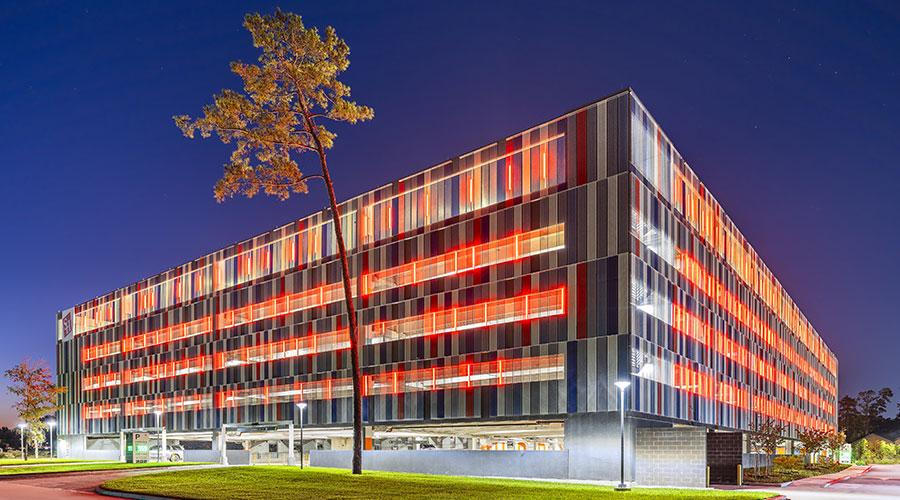Efficiency, Avoiding Mistakes Key to Lighting Retrofits
Maintenance and engineering managers know they will never find relief from the pressure to reduce operating costs, save energy, improve sustainability, and achieve fast payback on maintenance projects in institutional and commercial facilities.
Lighting is still the low hanging fruit of energy savings. All four key components of a lighting system — lamps and light sources, luminaires, ballasts, and controls — are rapidly improving technologies that managers and their technicians can use to prevent energy waste related to lighting. Most facilities still have old, outdated lighting systems, but even a well-maintained lighting system offers great opportunities for upgrades that save energy and money.
Assessing needs
Managers have a variety of resources they can use to assess and audit their facilities' specific opportunities and launch lighting retrofit projects to take advantage of them.
The scope and type of the lighting retrofit project should drive the decision on whom to use for professional advice, which can come from electrical contractors, energy-service companies, electrical distributors, lighting engineers, lighting designers, and interior designers.
Today's lighting systems and technologies are increasingly complex, but the reward for their specification and installation is increased opportunity to save money. Knowing the right questions to ask and the best steps to get started is essential, and managers have a variety of tools to help them with the process.
Facility personnel can refer to the IESNA Handbook (Illuminating Engineering Society North America) for recommended light levels for various spaces based on the tasks performed within the space. Spaces often are overlit or underlit, so it is best to understand light level targets for good lighting.
Another source is the Lighting Upgrade Checklist, available at the National Electrical Manufacturers Association (NEMA) website. The checklist offers guidance on the most appropriate lighting solutions, broken down by types of facility — institutional, commercial, and industrial — as well as by type of space, including offices, classrooms, restrooms, stairwells, storage, and cafeterias. Each type of building and space has its own lighting challenges, as well as a subsequent opportunity to reduce energy use and costs.
Managers also must pay close attention to the project's upfront costs and the return on investment (ROI). Rebates, incentives and support are available for the retrofits — see Retrofit Resources on this page — and project payback can be 6-12 months.
Along with energy efficiency and costs, managers planning retrofits also need to take into account lighting quality, which has great impact on safety and productivity. As it relates to visual tasks, quality includes:
- Color, which describes the warmth of light as measured on the Kelvin (K) temperature scale and the appearance of different colors as measured by the color rendering index (CRI). Go to www.ies.org for a detailed explanation of the Kelvin temperature scale and CRI.
- Glare from the light source or luminaire.
- Uniform light distribution on the task.
Since the human eye adapts to its surroundings, uniform distribution is very important, and glare can cause visual problems that reduce efficiency and create potential liability. Kelvin color temperature sources above 4,500 K might not provide
a balanced light spectrum for best visual recognition.
Related Topics:















